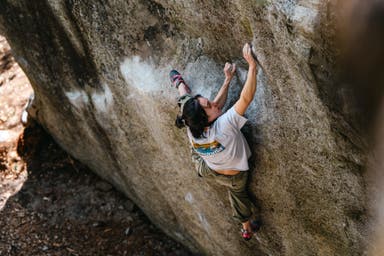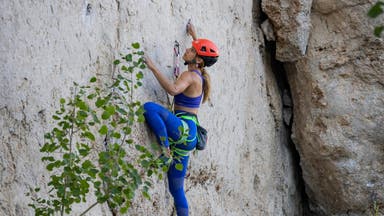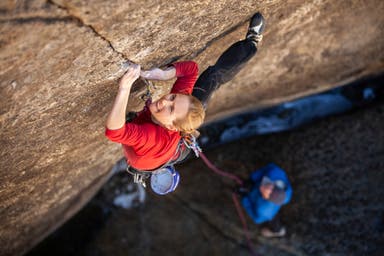Women at the Top Are Climbing Harder Than Ever. But What Does That Mean for Everyone Else?
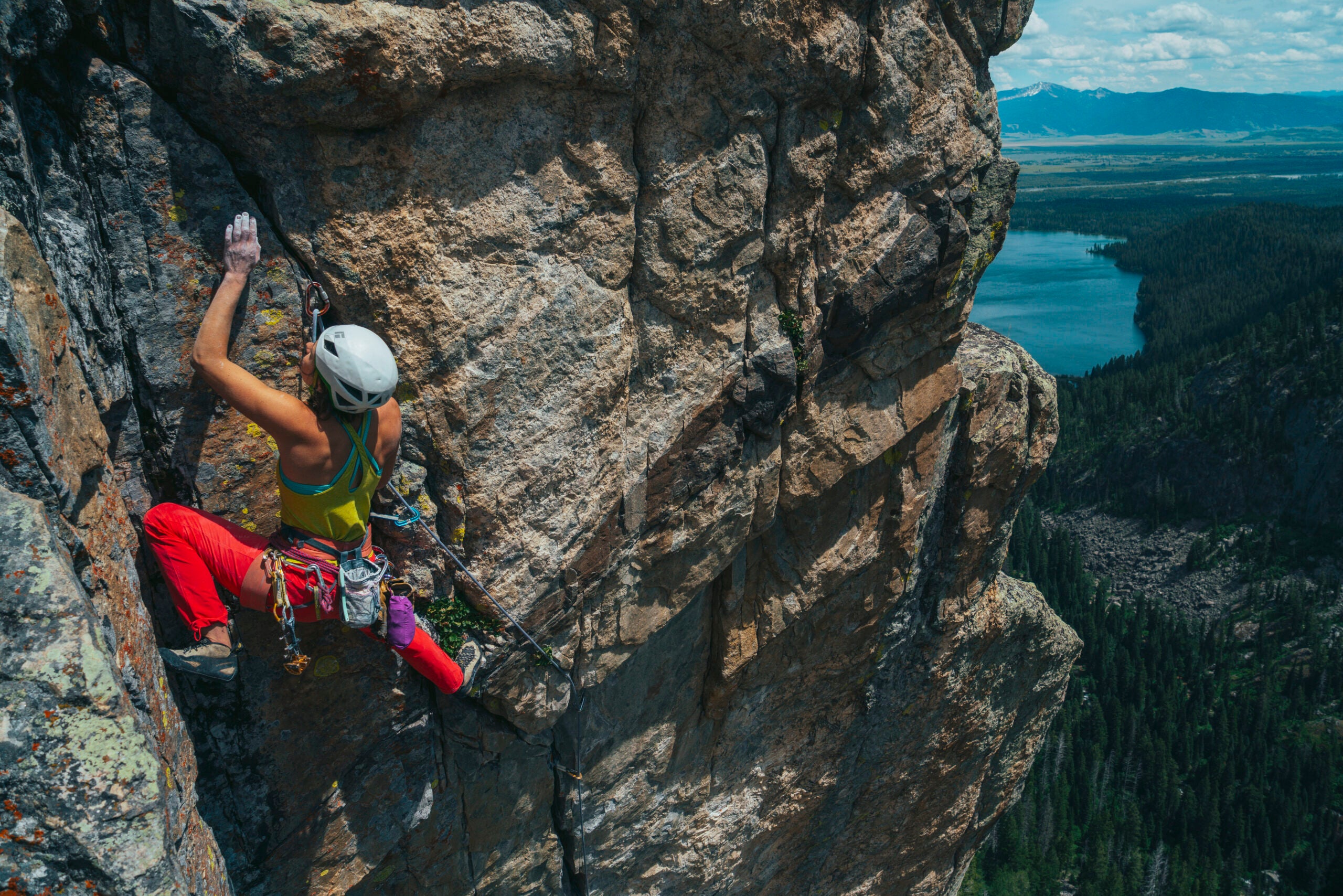
(Photo: Eric Bissell)
The number of impressive accomplishments in women’s climbing this year is inspiring. I feel lucky enough to call some of these women friends. Watching them achieve their goals has been so cool. In some ways, it feels like climbing is really changing. But something felt off as I read through the headlines. For example, take this one from The Washington Post: “The gender gap has narrowed in climbing. These women have closed it.”
I’m a bit of a skeptic. Plus, the buzzy language about “closing the gender gap” felt too tidy, too enthusiastic. It made me wonder: What are we actually talking about here? It felt as if we were trying to wrap up some annoying loose end in the narrative arc of climbing so that we could all move on.
The day I started writing this, I went out bouldering with a group of friends. They were all men, which is not unusual for me and typically not something I’d bat an eye at. A man I didn’t know very well joined us. I noticed right away that, although we were all climbing on the same problems, he never once asked me for beta. Yet he was relentless in his supply of (unsolicited) suggestions, advice, and pointers directed specifically to me and no one else.
Normally, I appreciate the collaborative nature of bouldering, but this time felt different. While the men got to simply climb, I couldn’t help feeling condescended to by the input and feedback directed at me. It was as if I was the only one who needed help, despite us all climbing the same grades.
Our Picks
This is actually a common gendered scenario in climbing, and I grimace at how cliché it is to even write about something like this. After climbing for years, I had naively thought that these types of scenarios didn’t happen much anymore.
I left the boulders seething. I couldn’t make sense of the disconnect between my own experience and the public excitement around “narrowing the gender gap.” How could the gender gap be closing when the everyday experiences of women in climbing aren’t really changing all that much? How many noteworthy physical feats are required to lift up every woman in climbing, rather than just highlight the outliers?
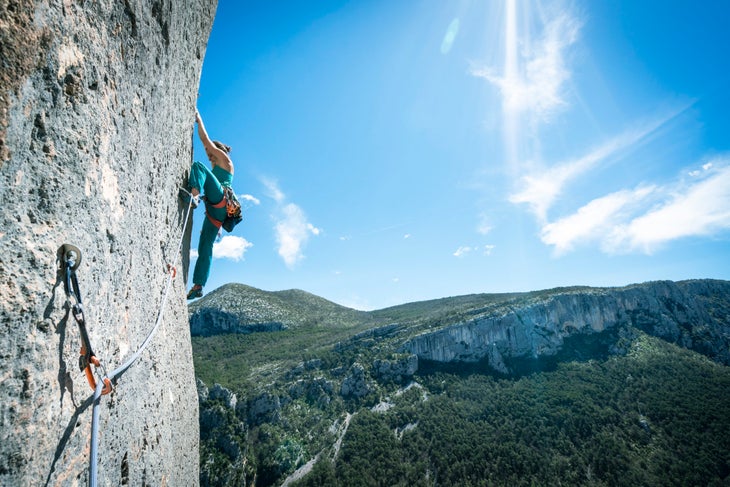
Clearly, “narrowing the gap” hadn’t changed my experience as an average female climber. I wanted to know how it felt for someone who is purportedly closing the gap. So, I called up my friend Katie Lamb to get her take. She agreed that this simplified narrative leaves out a lot when it comes to her actual experiences.
“The best men are establishing V17 and 5.15d. This takes categorically more skill and strength than repeating those grades,” Katie told me. “However, back in the day, Beth Rodden and Lynn Hill were actually pushing the limits of what anyone was doing on El Cap. And they received considerably more pushback for doing so.”
Katie pointed out plainly that there are two gender gaps: a performance gap and an experiential gap, both of which still exist. While at least some exemplary female climbers’ accomplishments are widely celebrated, this still doesn’t address the fact that most women in climbing are simply not taken as seriously as men, no matter “how hard” they climb.
“The accomplishments of the outliers don’t significantly impact how average female climbers are perceived,” Katie agreed. We should still celebrate these accomplishments, no doubt, but to assume that they have any impact on the overall perception of female climbers is a mistake, and a trap that I think I had fallen into.
To me, the idea of “the gap” itself feels male-centric. Why do women’s accomplishments only matter in relation to what men can do? Perhaps we fixate on upper-end numbers and outliers as a way of tracking progress because it’s easier and more comfortable than trying to understand women’s actual experiences in the sport.
So, I wondered, what would it look like if there were no gap at all? In my experience, the gap doesn’t actually exist when I am doing the activity. When I’m on the wall, I’m not thinking about what it means or where I fit into society. I’m just climbing.
The beauty of climbing is that it brings us into the present, into our bodies and out of our heads. Perhaps we can simply let climbing be what it is for all of us. Let’s allow women to forge their own paths outside of “the gap,” beyond simply following in the footsteps of men.
Finally, though this essay is centered in my experience as a female climber, I would be remiss not to mention the experiences of nonbinary climbers, too. I aim to highlight the complexity of the idea of the gender gap so that all people can feel embodied in climbing, outside of gender.
This story first appeared in Tommy Caldwell’s newsletter, “Routefinding.” You can sign up for his newsletter here.
Jane Jackson is a writer based in the Sierra Nevada. She loves granite and being in the mountains, and has spent most of her adult life obsessed with rock climbing in all of its forms. She is the editor of the “Routefinding” newsletter at Patagonia.
